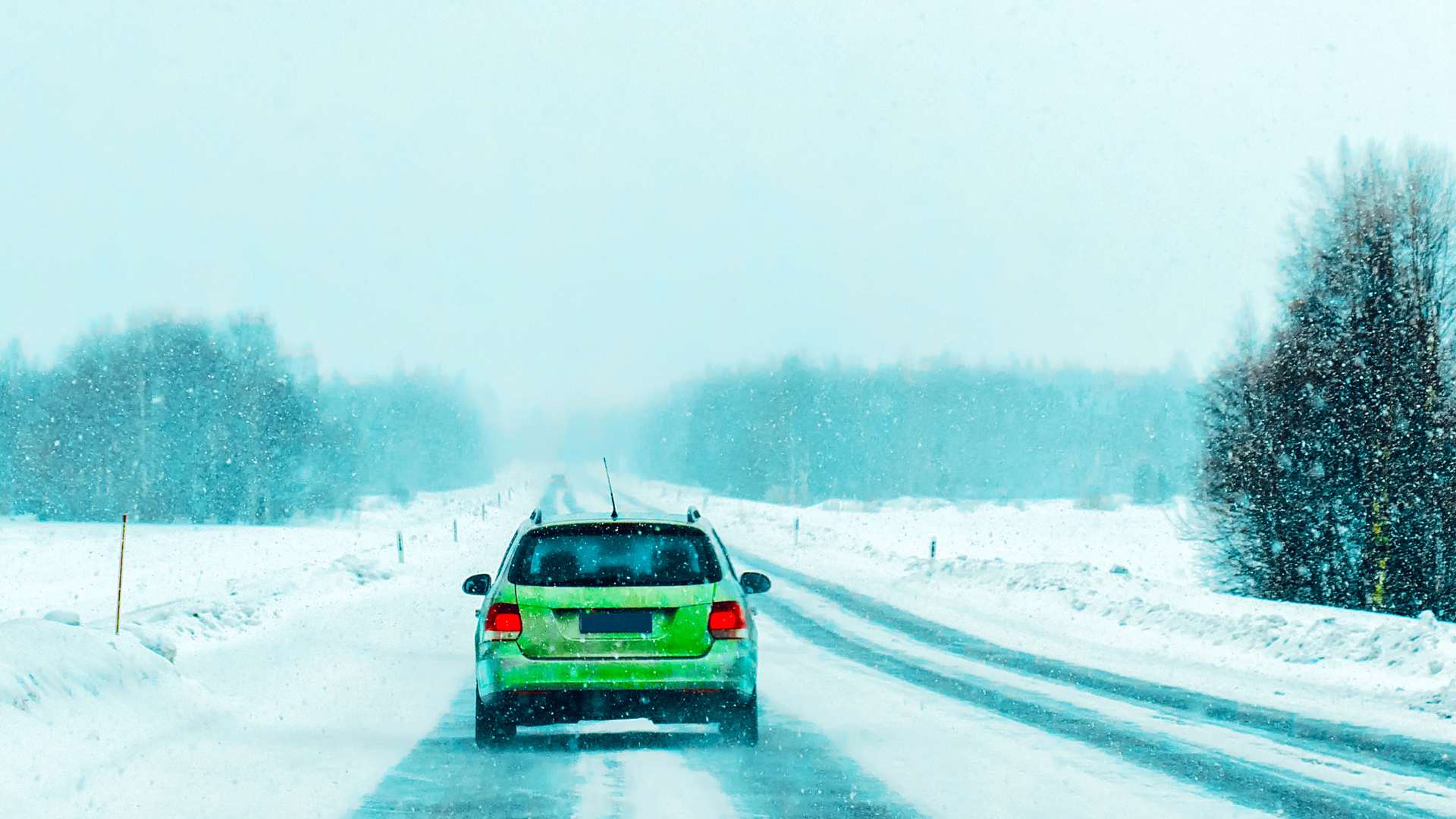
Five things to remember if you’re ever stuck in a snowstorm
While they’re a rare occurence in SA, this weekend’s snowstorm taught us we could be more prepared. Here’s what to remember if you’re in one.

Being caught in a snowstorm can be a terrifying experience, especially if you’re unprepared. Heavy snowfall, mist and fog trapped several motorists travelling between Gauteng, Free State and KwaZulu-Natal this past weekend, since Friday, 20 September. Two people even lost their lives due to hypothermia.
Whether you’re in a vehicle or on foot, these five essential actions can help you navigate the dangers of a snowstorm until help arrives…
1. Stay inside or seek shelter
When a snowstorm hits, your top priority should be finding or staying in a safe place. If you’re inside a vehicle, it’s usually safer to remain there rather than venturing out into the storm unless there’s a building nearby. Leaving the car can lead to disorientation in the blinding snow, and temperatures can quickly become life-threatening.
If you’re inside a vehicle, keep the engine running for warmth, but make sure to open a window slightly to allow for ventilation. This will help you avoid carbon monoxide poisoning, which can occur if snow blocks the exhaust pipe.
If you’re outside, seek shelter immediately. If no buildings are in sight, you can create a makeshift shelter by digging into a snowbank. Believe it or not, snow can actually serve as insulation from the biting wind.
2. Conserve heat and energy
In extreme cold, preserving your body heat is critical. Hypothermia is a major risk in a snowstorm, so bundling up and minimizing exposure to the elements is really important.
Ensure your head, hands, and feet are covered. These areas lose heat quickly, making them more vulnerable to frostbite.
While it’s important to stay warm, avoid overexertion and sweating. Wet clothes cool the body faster, increasing the risk of hypothermia. Move your fingers and toes regularly to maintain circulation and warmth but avoid excessive movement that wastes energy.
3. Make yourself visible to rescuers
Visibility in a snowstorm is often limited, so ensuring that rescuers or passersby can spot you is crucial.
You could tie a brightly coloured cloth or anything eye-catching to your car’s antenna, mirror, or door handle to make your vehicle more noticeable.
At night, turn on your hazard lights or use a flashlight intermittently to conserve battery but alert others to your presence.
4. Ration food and water
While waiting for help, it’s important to conserve your energy and resources. Eating food helps maintain energy, but water is just as important, as dehydration increases the risk of hypothermia.
If you run out of water, avoid eating snow directly, as it can lower your body temperature. Instead, melt it by using your body heat or a heat source like a fire.
Ration your snacks wisely. It’s better to eat small amounts periodically than all at once, as it helps maintain your energy levels over a longer period.
5. Stay informed and call for help
As soon as you realise you’re trapped in a snowstorm, call for help if possible. Keep your phone on low-power mode to preserve its battery, and make sure to inform authorities of your location.
If you have access to a radio or phone, listen to weather updates to understand the severity of the storm. This will also help you make informed decisions about whether it’s safe to leave your shelter.
If you’re using your car for warmth, turn it on every hour for about 10 minutes to conserve fuel while keeping warm.